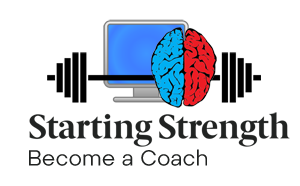
Originally Posted by
Squatsandgoats

I strained/pulled a glute pretty badly about 6 months ago (and then made it worse by trying to keep going on my programme) and finally stopped trying to push through when the weight I could handle without being stopped by the pain got lower every workout. Since then I've rested it from heavy training, but tried to stay as active as possible to keep it from seizing up. I've made a few attempts to add load again but its flared up at me when I've done that, but it doesn't actually hurt when I've been resting it. A friend recently told me about how he's used the Starr protocol to deal with a recurring back injury, so I've started to use it, did my first session yesterday, and squatted an empty bar for 3x25, which felt a little awkward, but nothing really felt like I'd reawoken the injury. I woke up this morning and had pain radiating from the area (top of my left glute) and from the local bit of the lower back, and I was pretty immobile. This calmed down after about an hour, with a cold bath and a hot shower, and has more or less subsided enough now that I can get to the gym and go again (which I'm on my way to do now).
Is this a normal response to the programme/should I do anything else as well/instead as this isn't a fresh injury and probably has a reasonable amount of scar tissue from all the times I've reaggravated it?
Thanks in advance







 Reply With Quote
Reply With Quote

